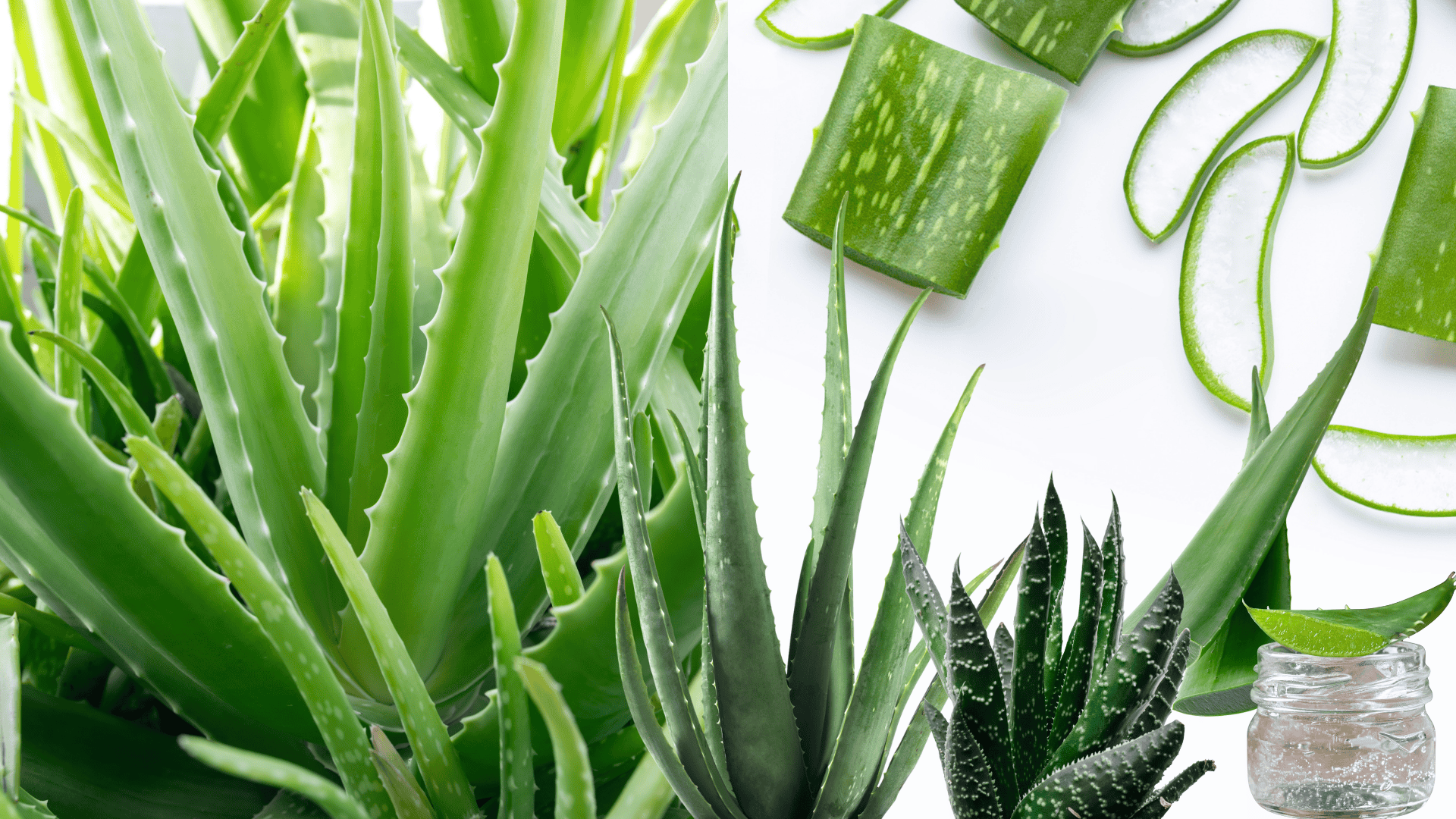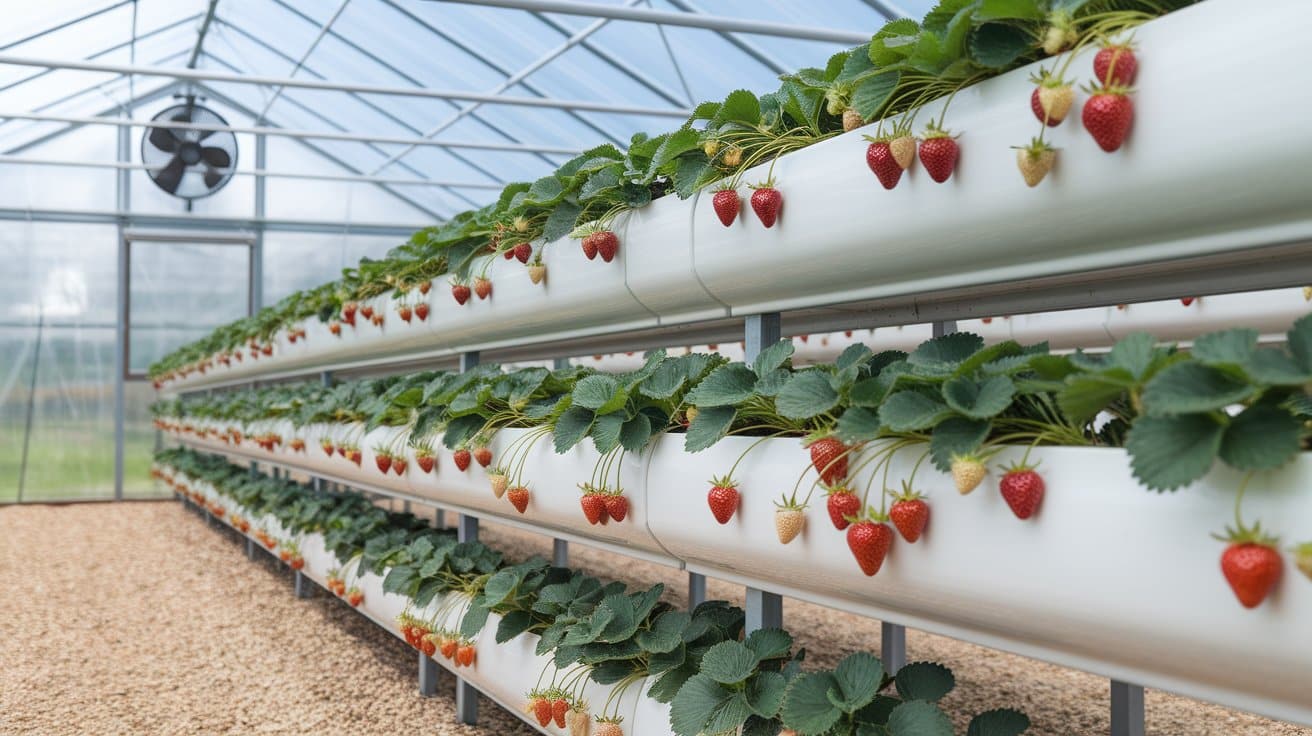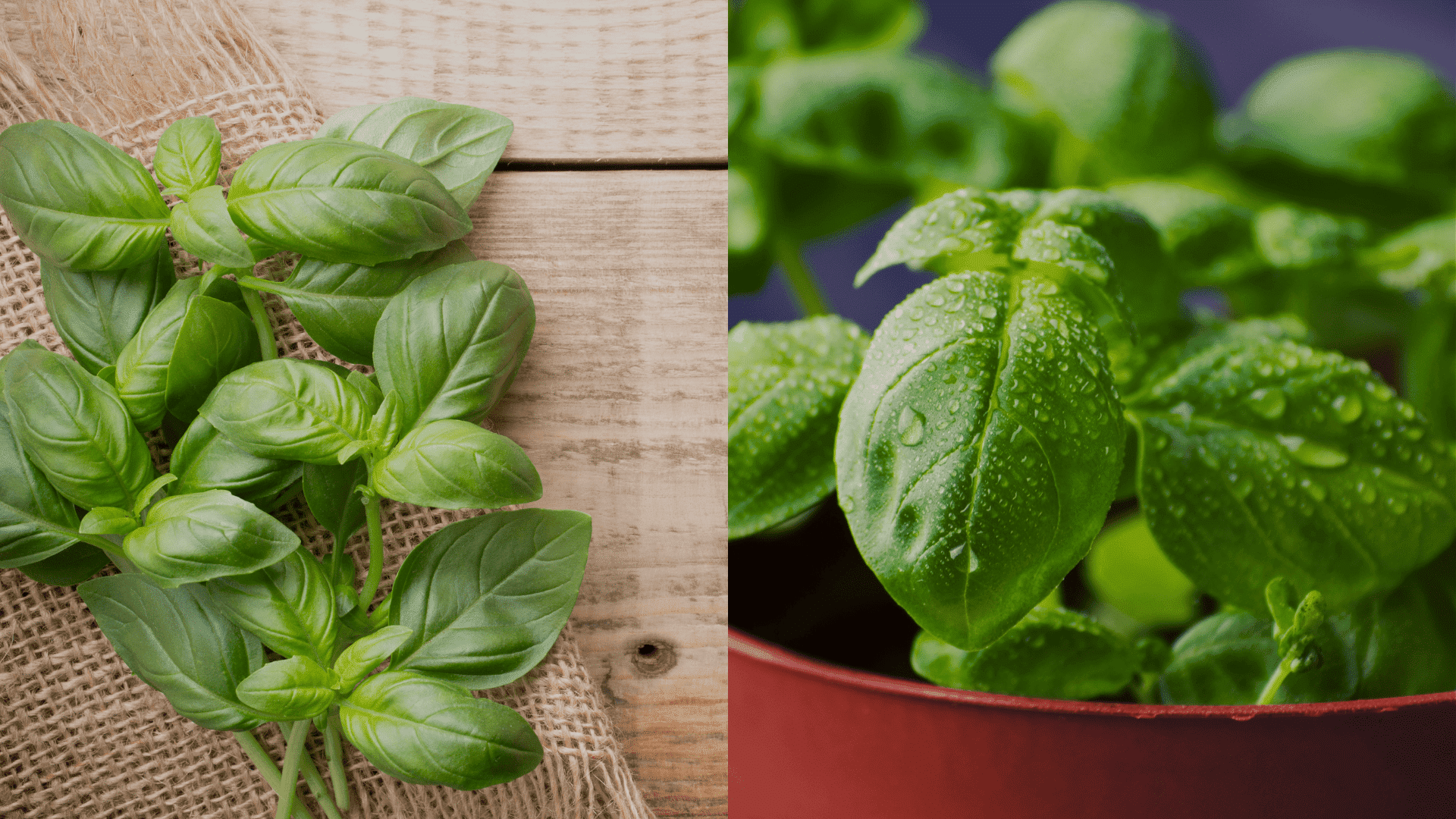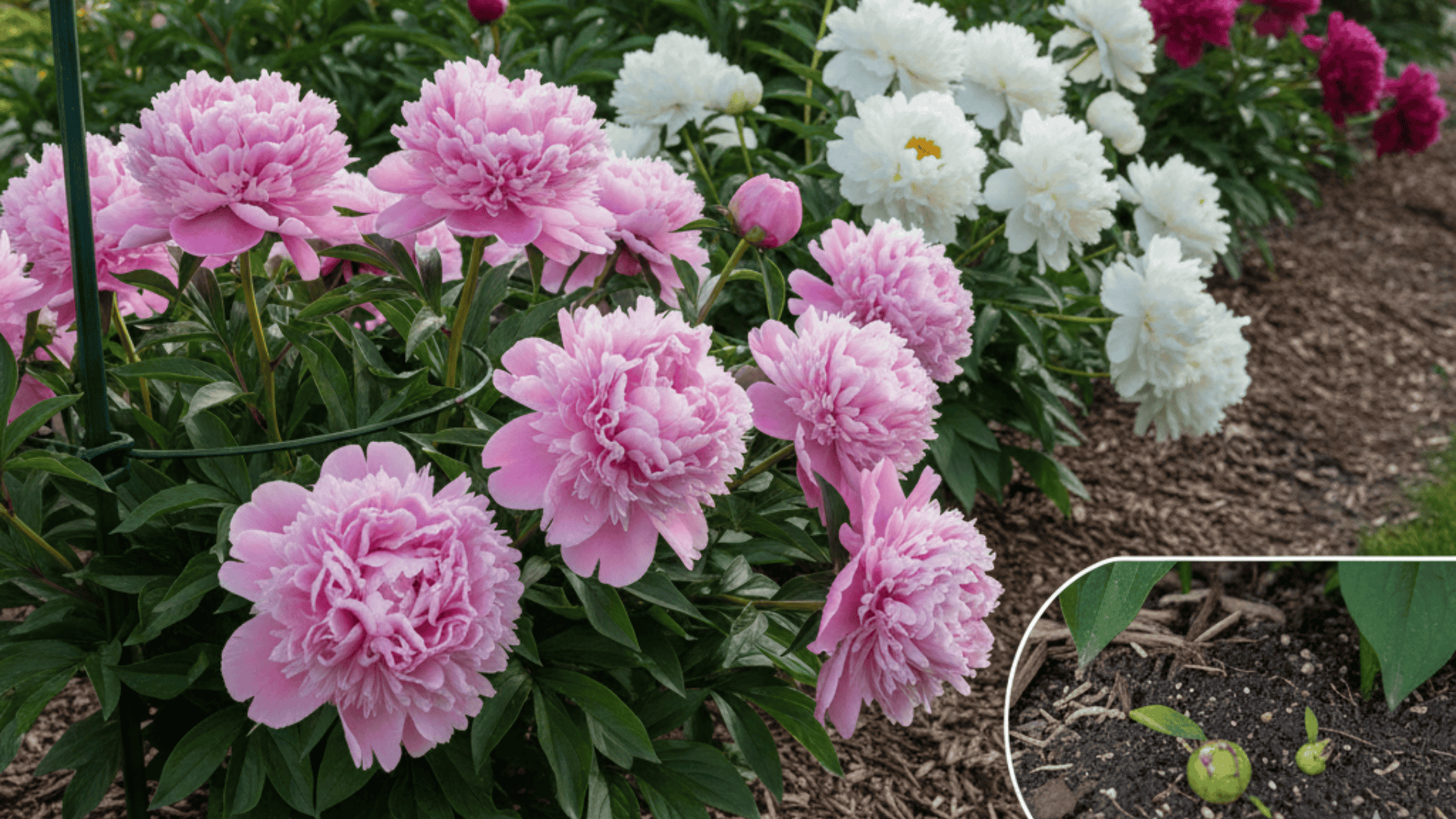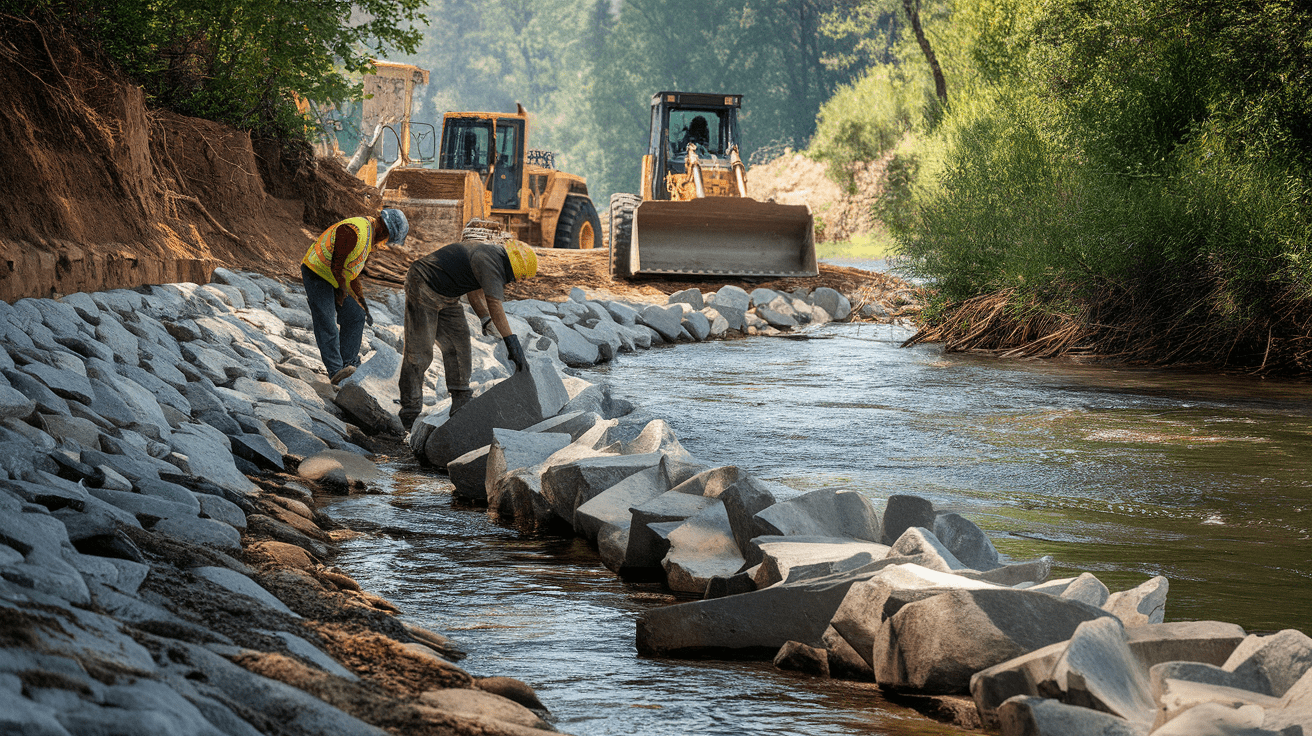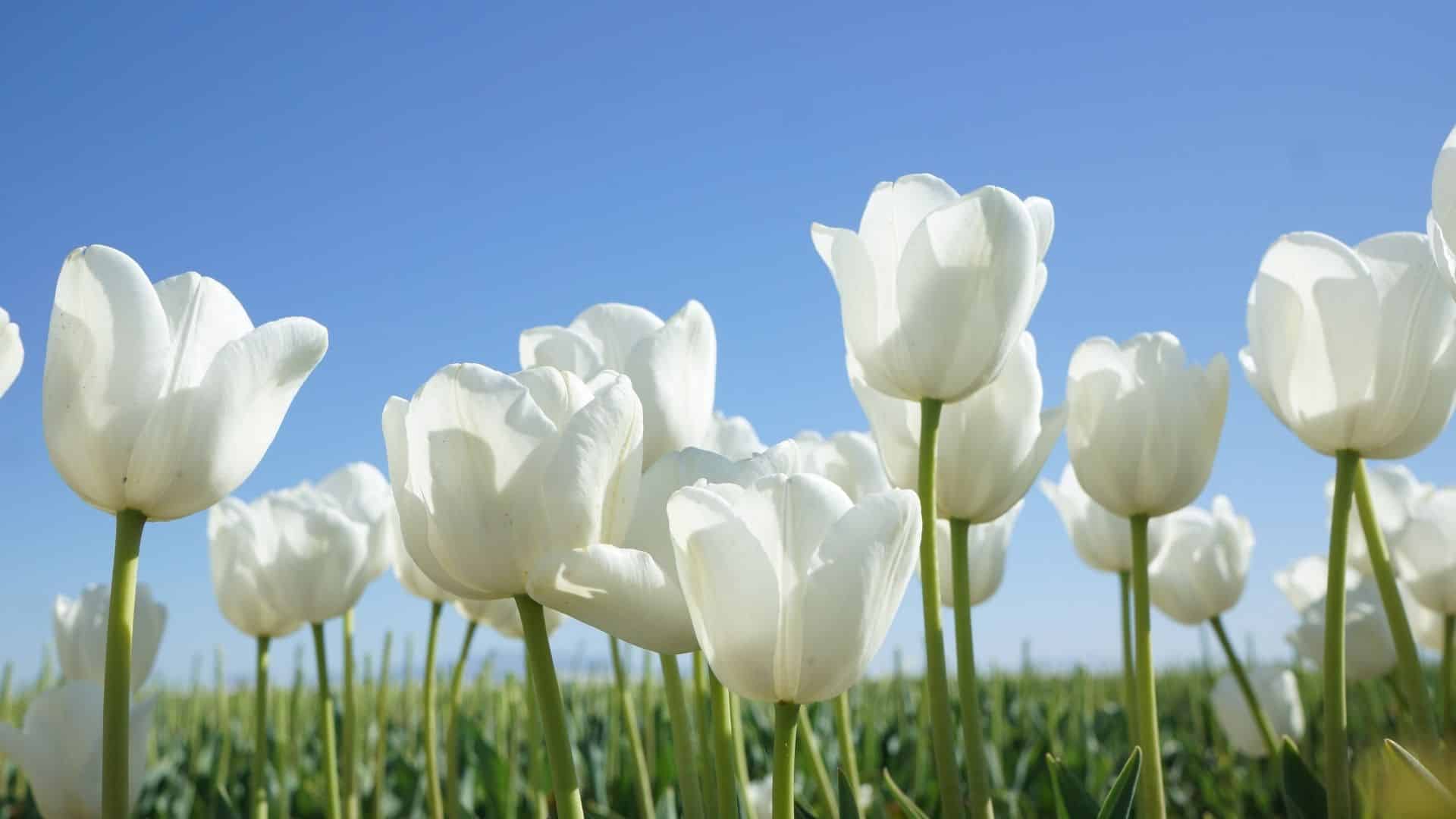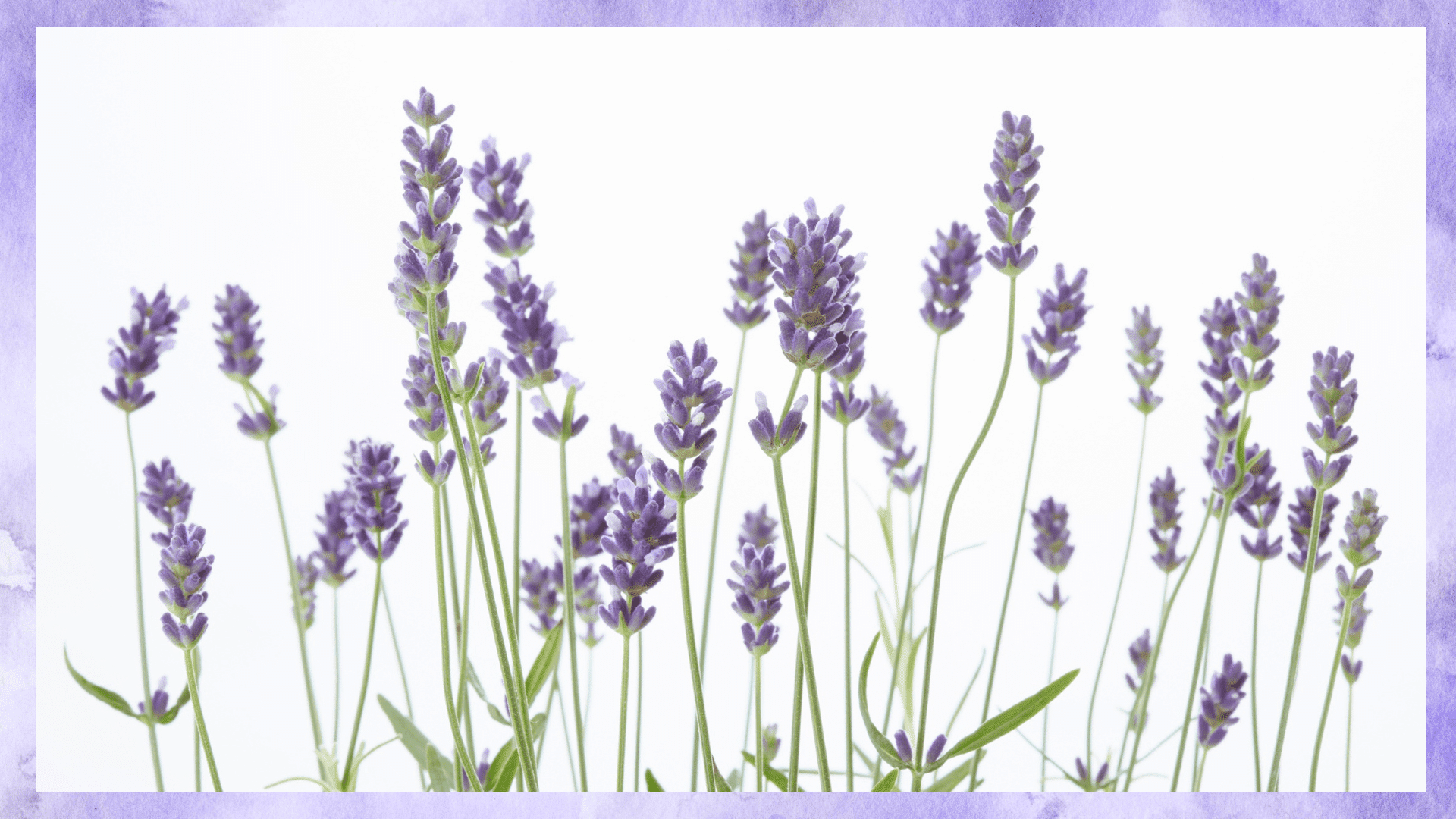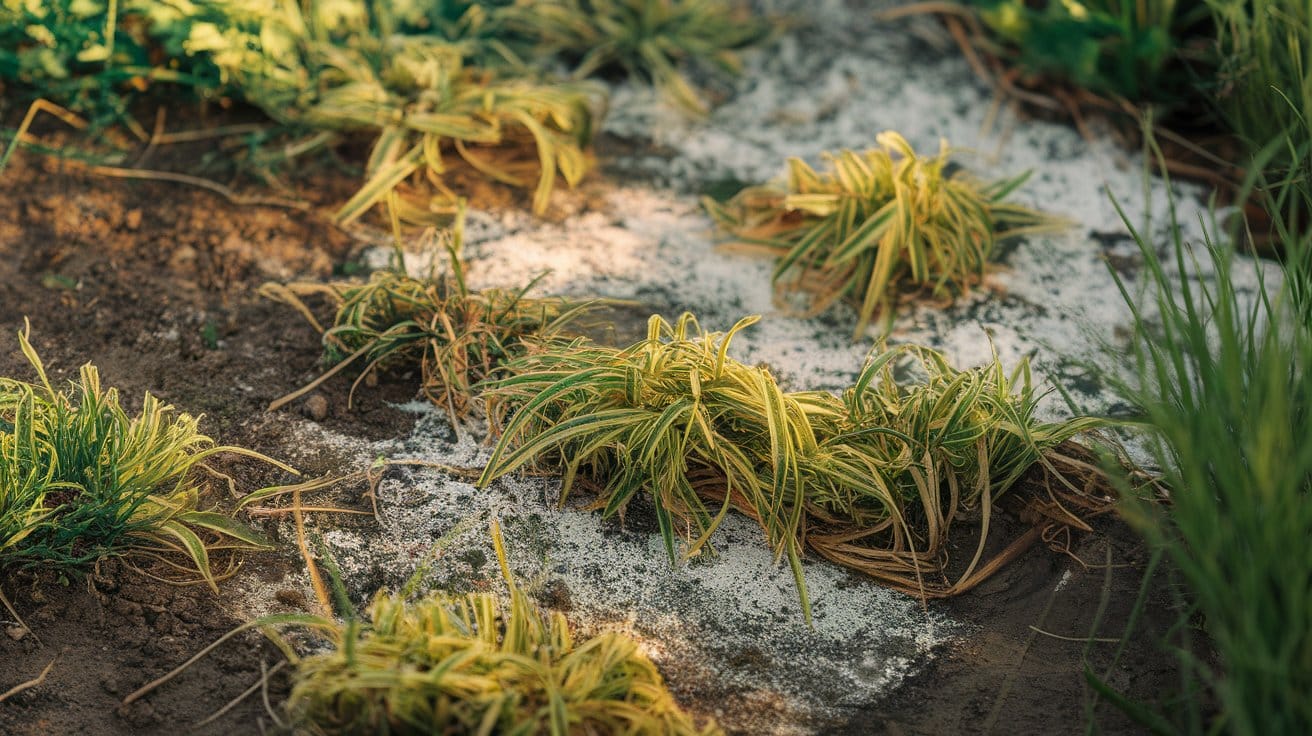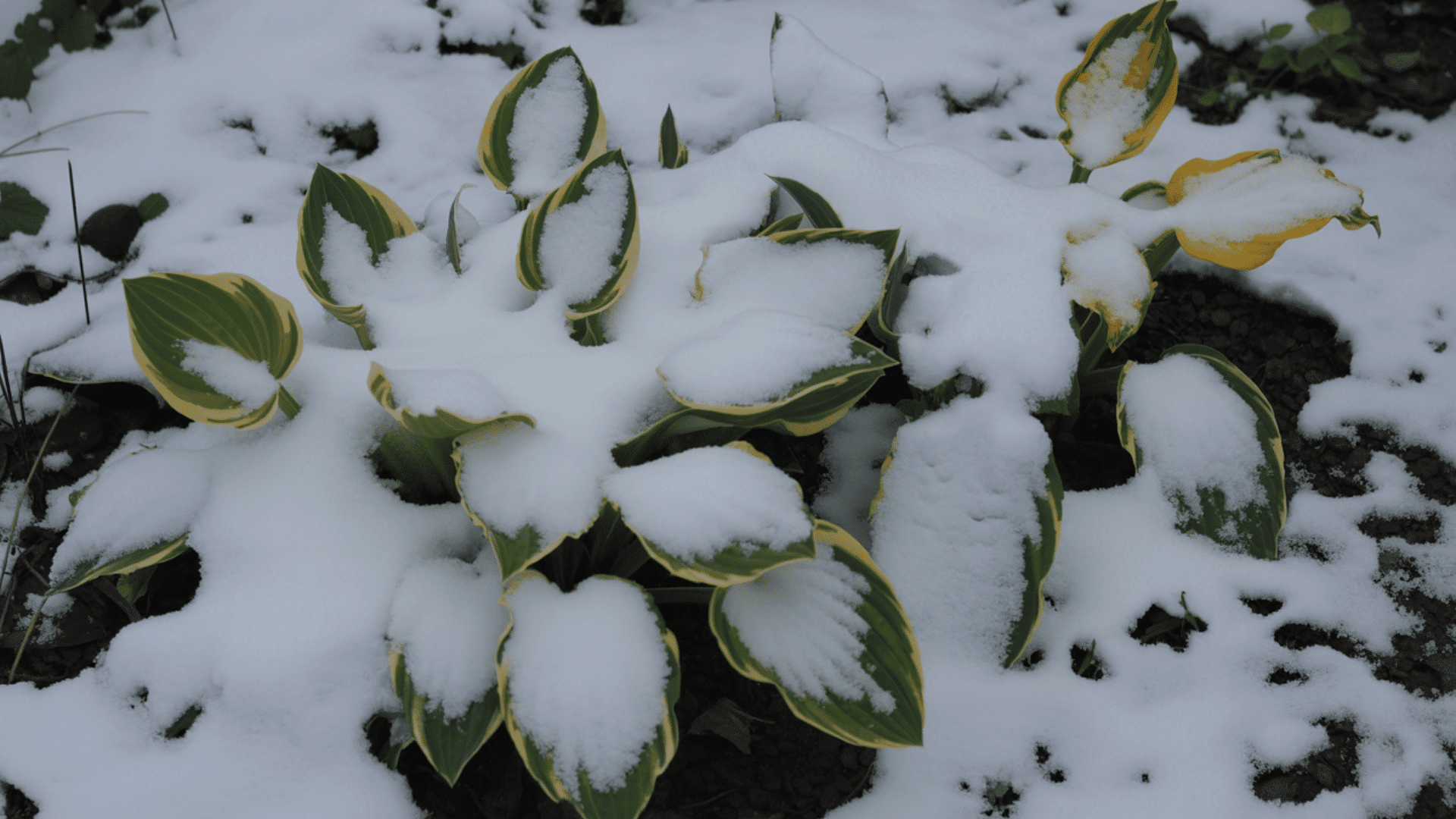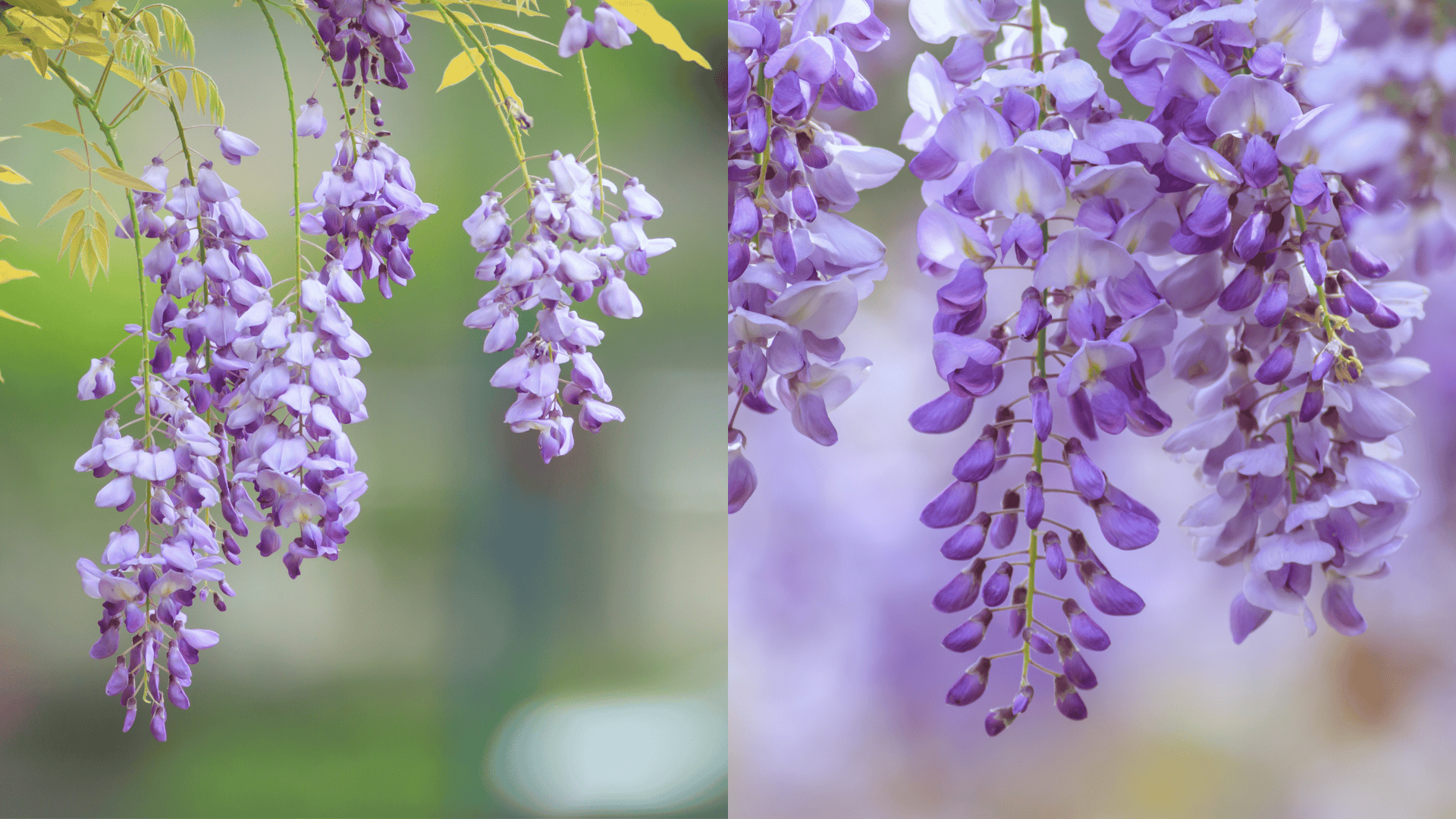New to houseplants? Aloe vera might seem easy to grow, but this hardy succulent has its secrets.
Beneath those thick, soothing leaves lies a plant that truly thrives only when cared for the right way.
The key to lasting growth and vibrant color goes beyond occasional watering; it’s about balance, timing, and understanding its natural rhythm.
With the right aloe plant care, you can transform it from a simple green accent into a thriving centerpiece of your home.
In the following sections, you’ll learn how sunlight, soil, and water work together to keep your aloe healthy, resilient, and beautiful throughout every season.
Aloe Vera Plant: Overview
Aloe plants belong to the succulent family and are built to survive in dry, sunny climates.
They store water in their leaves, which allows them to handle short droughts easily.
While they are tough plants, good aloe plant care goes beyond minimal attention; it requires the right mix of sunlight, water, and soil.
By following consistent aloe vera plant care, you can maintain their green color, prevent root issues, and ensure the leaves stay firm and full.
These plants are more than decorative; they also add natural value to your space through their air-purifying and skin-soothing properties.
Core Elements of Aloe Vera Plant Care
Every aloe plant depends on the right balance of sunlight, water, soil, and nutrients.
Paying attention to these basics ensures strong growth and long-lasting, healthy leaves.
Below is an overview of how each care factor contributes to keeping your aloe in its best condition:
1. Sunlight and Temperature
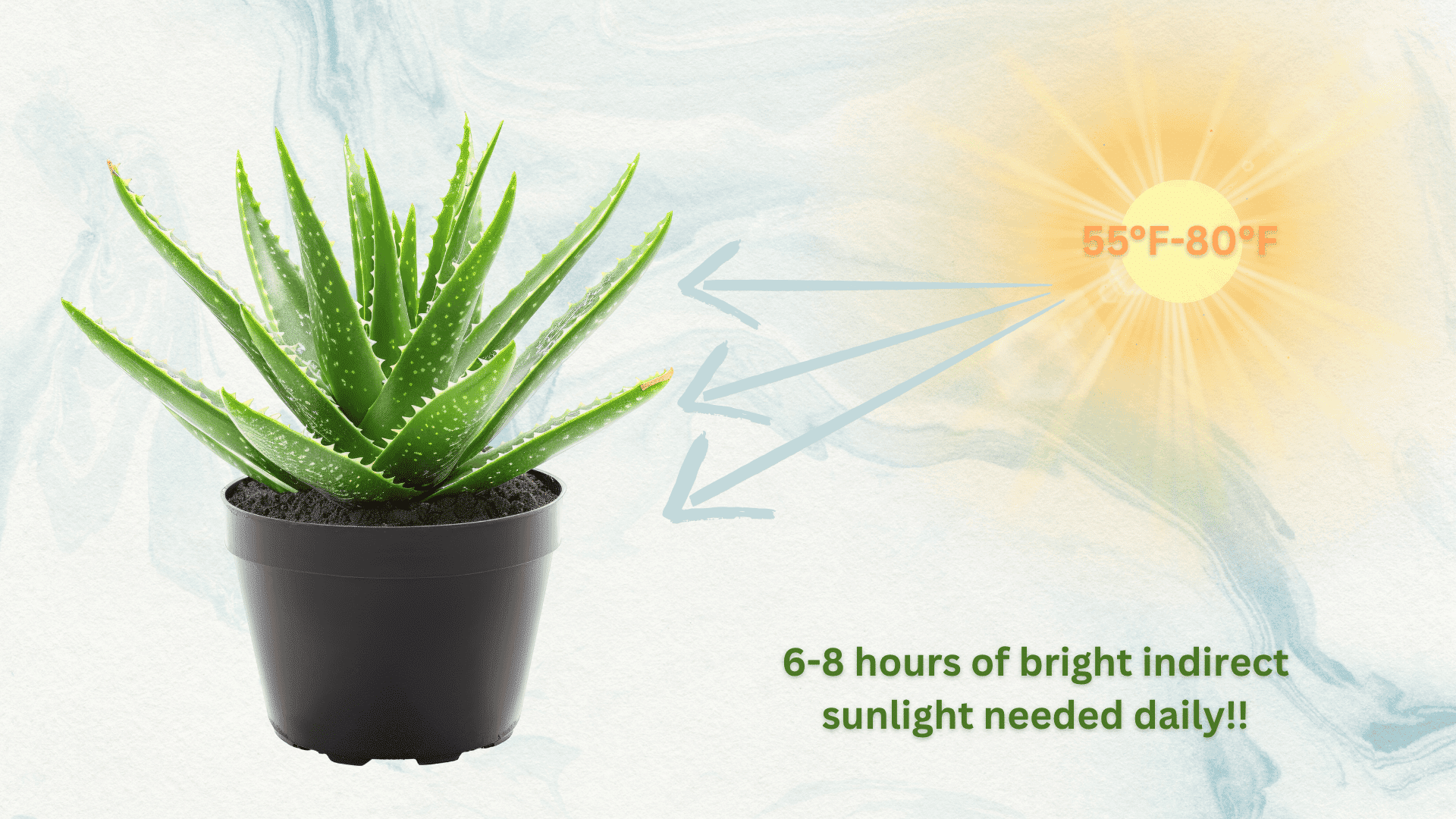
Sunlight and warmth play the biggest roles in healthy aloe growth.
The right lighting and stable temperature help maintain strong, green leaves and prevent stress-related damage.
- Aloe requires 6–8 hours of bright, indirect sunlight daily to grow well.
- Place it near a sunny window or in filtered outdoor light to prevent burns.
- Low light can cause thin, pale leaves, while too much direct sun leads to browning.
- Keep temperatures between 55°F and 80°F for consistent growth.
- Bring outdoor aloe plants indoors if temperatures drop below 50°F.
2. Watering and Soil Conditions
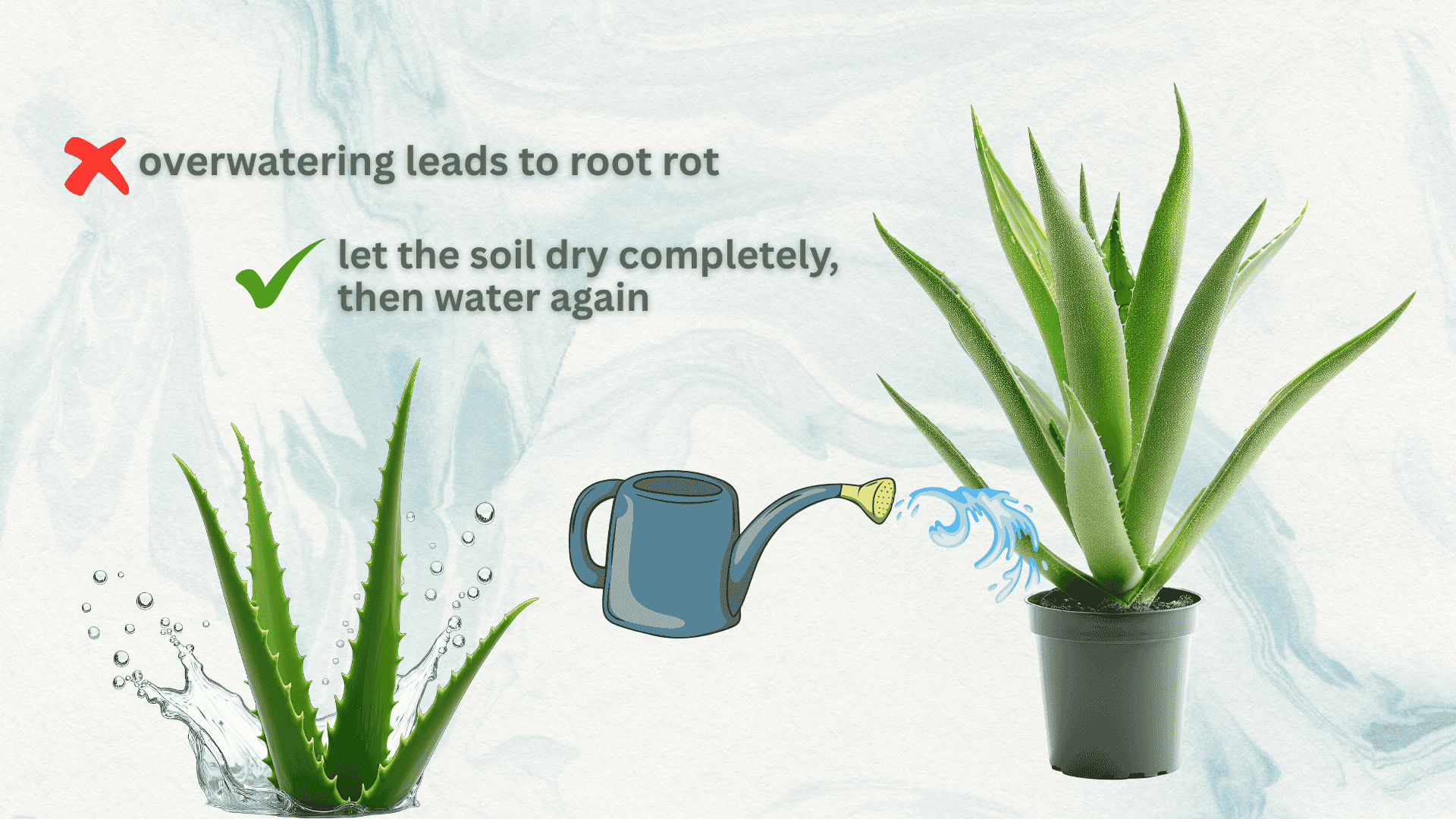
Water and soil are at the heart of proper aloe plant care.
Since aloe stores moisture in its leaves, it’s important to avoid overwatering while ensuring good drainage.
- Water thoroughly, but allow the soil to dry completely before watering again.
- Overwatering leads to root rot; underwatering causes wrinkled or thin leaves.
- Use well-draining soil, such as cactus or sandy potting mix, for ideal airflow and moisture control.
- Choose pots with drainage holes to prevent water from collecting at the bottom.
- Water less often in cooler months when the plant’s growth slows naturally.
Watering Tip: Water every two to three weeks, checking that the top two inches of soil are dry before watering again, and always pour water at the base instead of misting the leaves to maintain root health and proper moisture balance.
3. Fertilizing and Repotting
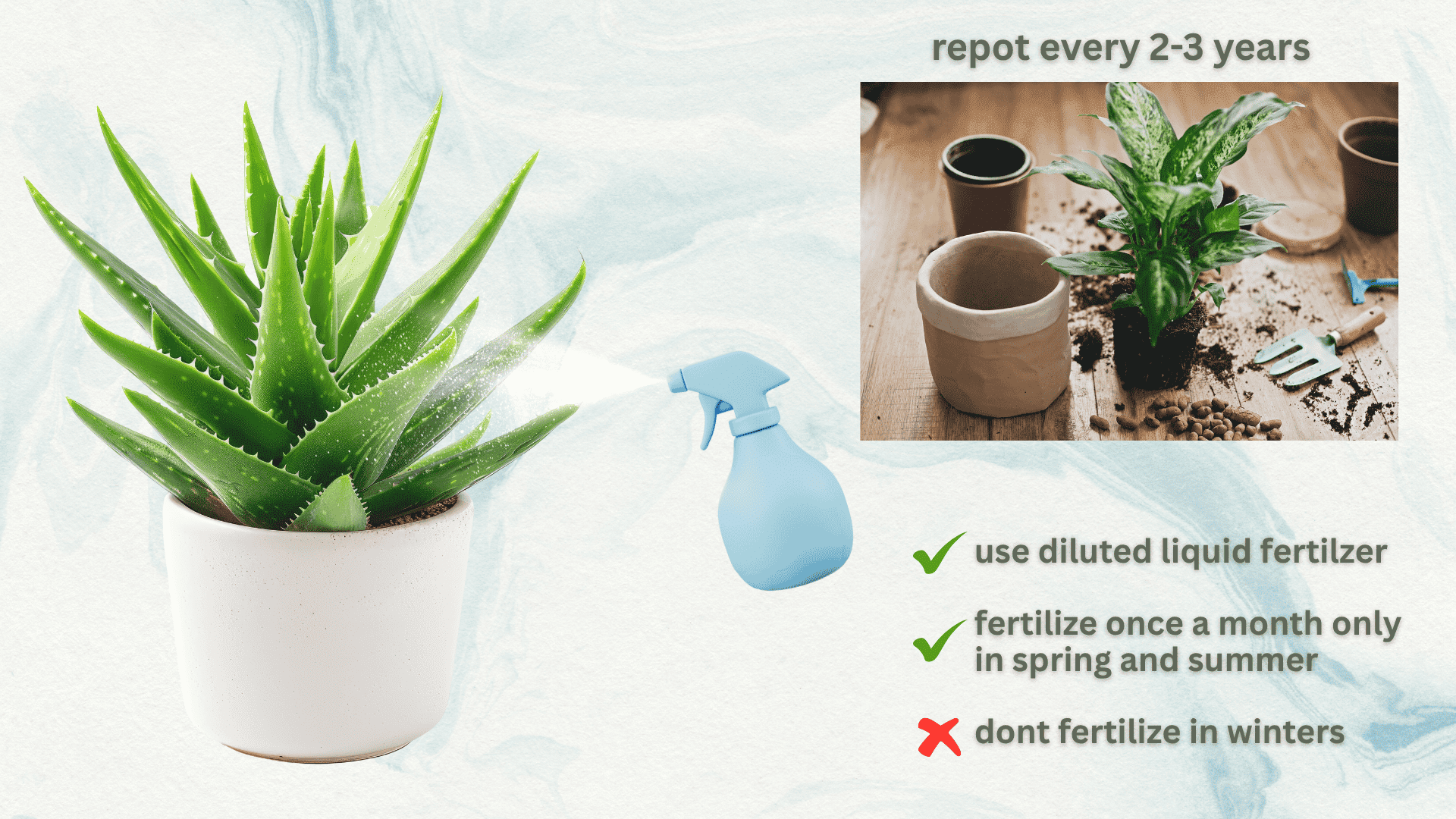
Feeding and repotting keep your aloe strong, allowing fresh roots and healthy leaves to develop.
Good soil renewal and light fertilization are essential parts of aloe vera plant care.
- Feed aloe plants once a month in spring and summer using diluted liquid fertilizer.
- Skip fertilizing during winter, as the plant rests and grows slowly.
- Repot every 2–3 years or when roots outgrow the pot to refresh nutrients and space.
- Use fresh, well-draining soil and a slightly larger pot with drainage holes.
- Trim off any dead or soft roots before placing the plant in its new container.
Repotting Tip: Repot your aloe plant during spring using fresh soil and a slightly larger container, allow the roots to rest in partial shade for a few days, and delay watering until the plant has settled into its new environment.
Aloe Plant Care: Propagation and Growth Maintenance
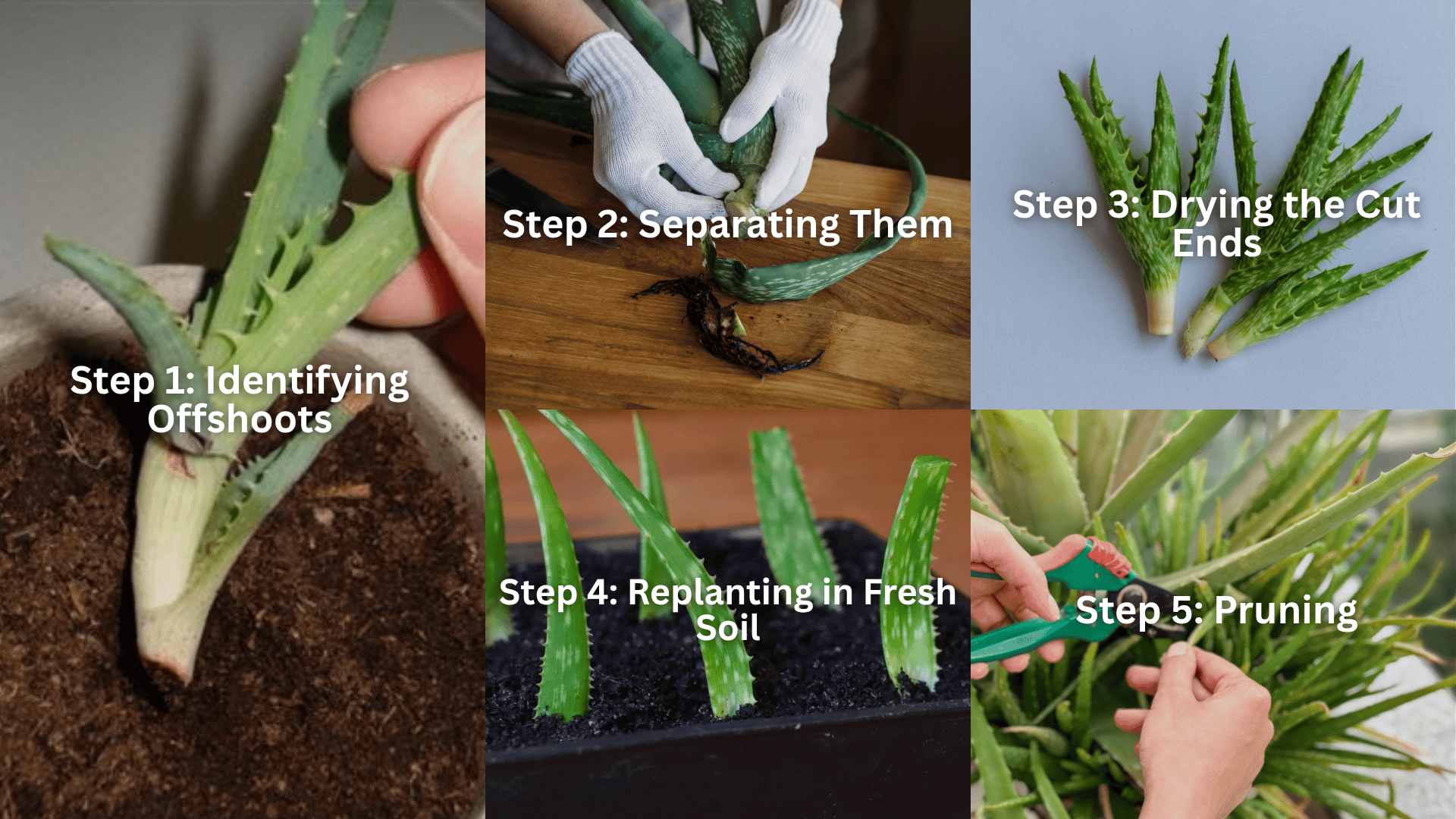
Propagation is one of the most rewarding parts of aloe vera plant care, letting you grow new plants from healthy offshoots.
It’s a simple and effective way to expand your aloe collection while keeping existing plants healthy.
Step 1: Identify Offshoots (Pups)
Look for small shoots growing at the base of the parent plant.
These pups are natural clones that can be separated once they reach about one-third the size of the main plant.
Step 2: Separate Carefully
Gently detach each pup from the base using clean hands or a sharp knife.
Ensure that each one has roots attached for a stronger start.
Step 3: Dry the Cut Ends
Allow the separated pups to dry for one to two days before planting.
This prevents excess moisture from causing rot in freshly cut areas.
Step 4: Replant in Fresh Soil
Place the pups in sandy or cactus mix soil, and choose pots with good drainage.
Water lightly after planting to help roots settle in.
Step 5: Maintain and Prune
Trim away any damaged leaves and clean the plant’s surface to promote airflow and steady growth.
With consistent aloe plant care, new pups quickly take root and grow into vibrant, self-sustaining plants that last for years.
Common Aloe Plant Care Problems and Solutions
Even with proper aloe vera plant care, some challenges can occur.
Identifying them early helps prevent lasting damage and ensures your plant stays healthy.
- Overwatering and Root Rot: If the leaves feel soft, mushy, or dark at the base, the plant is overwatered. Remove it from the pot, cut off rotted roots, and let the plant dry before replanting in dry soil.
- Sunburn and Leaf Discoloration: Aloe can suffer from too much sun exposure. Brown or yellow patches often mean sunburn. Move the plant to filtered light for recovery.
- Pests and Diseases: Aloe can attract small pests like mealybugs or aphids. Wipe the leaves with a mild soap solution or use neem oil to manage infestations naturally. Proper airflow and dry soil help prevent future issues.
Seasonal Aloe Vera Plant Care Tips
Aloe plants need slight care adjustments throughout the year to stay healthy.
Adjust watering, feeding, and positioning seasonally to keep growth steady and reduce stress. Consistent watering and light maintain steady growth despite seasonal care changes.
| Season | Care Instructions |
|---|---|
| Spring | Start light feeding and repot if roots are crowded. |
| Summer | Water regularly, but let the soil dry fully between sessions. |
| Fall | Remove old leaves and reduce watering gradually. |
| Winter | Water sparingly and move indoors during cold weather. |
Conclusion
Caring for aloe is simple when you understand its needs for light, water, and soil balance.
Regular attention and proper techniques ensure your aloe remains healthy and vibrant for years.
With consistent aloe vera plant care, you’ll enjoy strong, green leaves that continue to grow beautifully.
This plant is an excellent choice for anyone seeking a resilient yet attractive addition to their home.
Its low-maintenance nature makes it perfect for beginners, and the benefits go beyond its looks.
Share your aloe plant experiences or care tips in the comments; your insights can help others master aloe plant care too!
Frequently Asked Questions
Can Aloe Vera Plants Grow Alongside Other Indoor Plants?
Yes, aloe vera can grow well with other low-water plants like succulents and cacti, as long as they share similar light and soil needs.
How Can I Tell if My Aloe Plant Needs a Bigger Pot?
If roots start poking through the drainage holes or the plant looks top-heavy, it’s time to repot into a slightly larger container.
Should I Remove the Flower Stalk After an Aloe Blooms?
Yes, once the flowers dry out, cut the stalk near the base to help the plant focus its energy on leaf growth and recovery.

